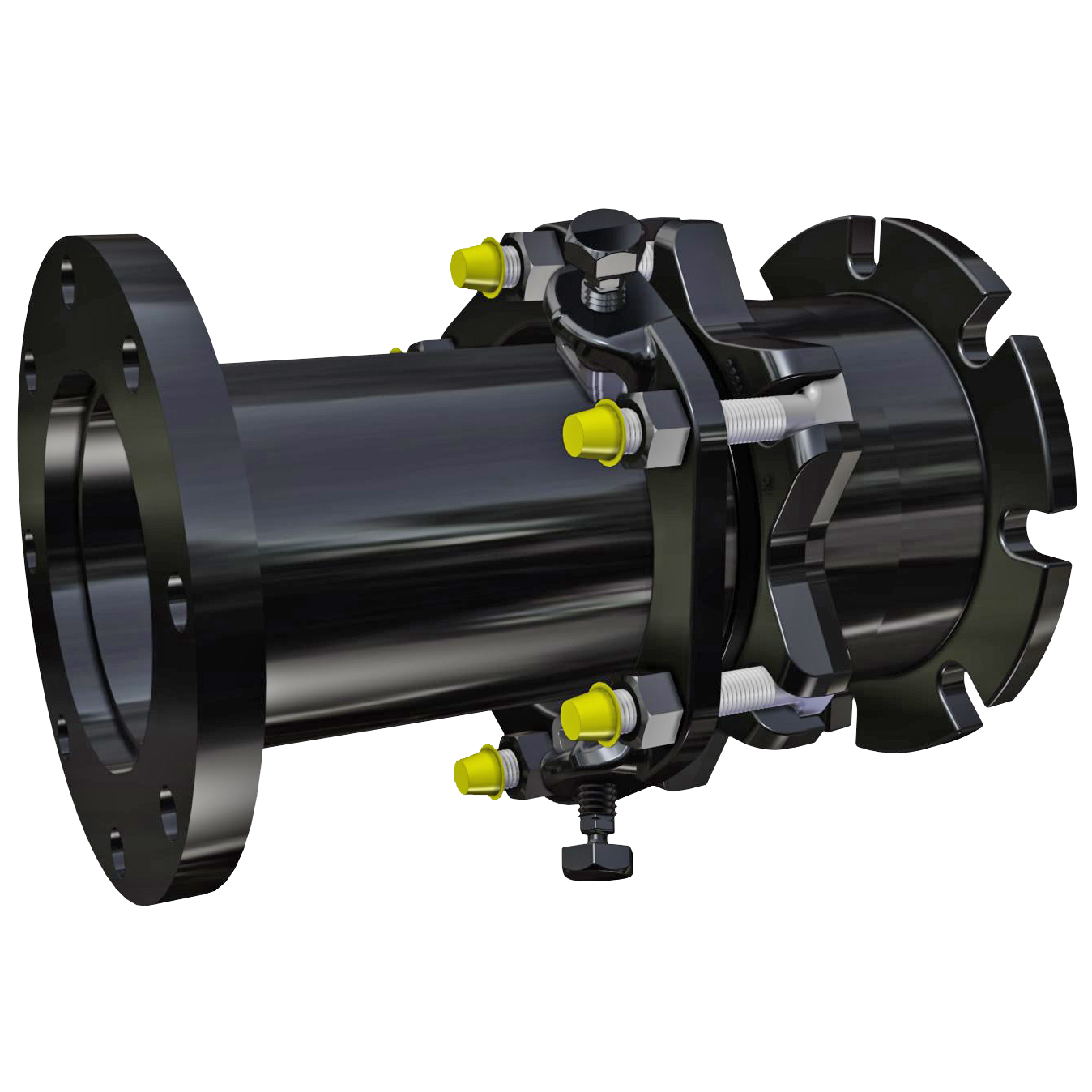
In the realm of plumbing systems, the seamless flow of water and efficient distribution are paramount. To ensure this, various components and techniques are employed, one of which is the mechanical joint. A mechanical joint serves as a vital connection point between pipes, enabling secure and leak-free plumbing installations. In this article, we will delve into the intricacies of mechanical joints, exploring their types, benefits, and applications in the plumbing industry.
- Understanding Mechanical Joints:
Mechanical joints, also known as compression joints, are engineered connections that join two or more pipes together. Unlike traditional soldered or welded joints, mechanical joints rely on mechanical force to create a tight seal. These joints are widely used in plumbing systems due to their versatility, ease of installation, and ability to accommodate different pipe materials. - Types of Mechanical Joints:
a. Compression Fittings: Compression fittings consist of three main components: a compression nut, a compression ring (also known as a ferrule), and a compression seat. When the nut is tightened, it compresses the ring against the seat, creating a watertight seal. Compression fittings are commonly used in copper, brass, and plastic pipes.
b. Flare Fittings: Flare fittings feature a cone-shaped end on the pipe, which is flared using a specialized tool. The flared end is then connected to another pipe or fitting, creating a secure joint. Flare fittings are commonly used in gas lines and refrigeration systems.
c. Push-to-Connect Fittings: Push-to-connect fittings, also known as quick-connect or push-fit fittings, offer a hassle-free installation process. These fittings utilize a combination of O-rings and stainless steel teeth to create a reliable seal. They are widely used in residential plumbing systems for connecting copper, PEX, or CPVC pipes.
- Benefits of Mechanical Joints:
a. Flexibility: Mechanical joints allow for easy disassembly and reassembly, making repairs and modifications more convenient. This flexibility is particularly advantageous in situations where pipes need to be replaced or relocated.
b. Leak Resistance: The mechanical force applied during the joint assembly ensures a tight and secure connection, minimizing the risk of leaks. This is especially crucial in plumbing systems where water damage can lead to costly repairs and property damage.
c. Compatibility: Mechanical joints can accommodate pipes made from different materials, such as copper, PVC, PEX, and steel. This compatibility makes them a versatile choice for various plumbing applications.
d. Time and Cost Efficiency: Compared to traditional soldering or welding methods, mechanical joints offer faster installation times and require fewer specialized tools. This translates to cost savings for both plumbers and homeowners.
- Applications of Mechanical Joints:
a. Residential Plumbing: Mechanical joints find extensive use in residential plumbing systems, connecting pipes for water supply, drainage, and gas lines. Their ease of installation and reliability make them a popular choice among homeowners and plumbers alike.
b. Commercial and Industrial Plumbing: In commercial and industrial settings, mechanical joints are employed for larger-scale plumbing installations. They are commonly used in high-pressure water lines, HVAC systems, and fire sprinkler systems.
c. Retrofitting and Renovations: When retrofitting or renovating existing plumbing systems, mechanical joints offer a convenient solution. Their ability to connect different pipe materials simplifies the process and reduces the need for extensive modifications.
Conclusion:
Mechanical joints play a crucial role in the plumbing industry, providing secure and leak-free connections between pipes. Their versatility, ease of installation, and compatibility with various pipe materials make them an essential component in both residential and commercial plumbing systems. By understanding the different types of mechanical joints and their benefits, plumbers and homeowners can make informed decisions when it comes to plumbing installations, repairs, and renovations.